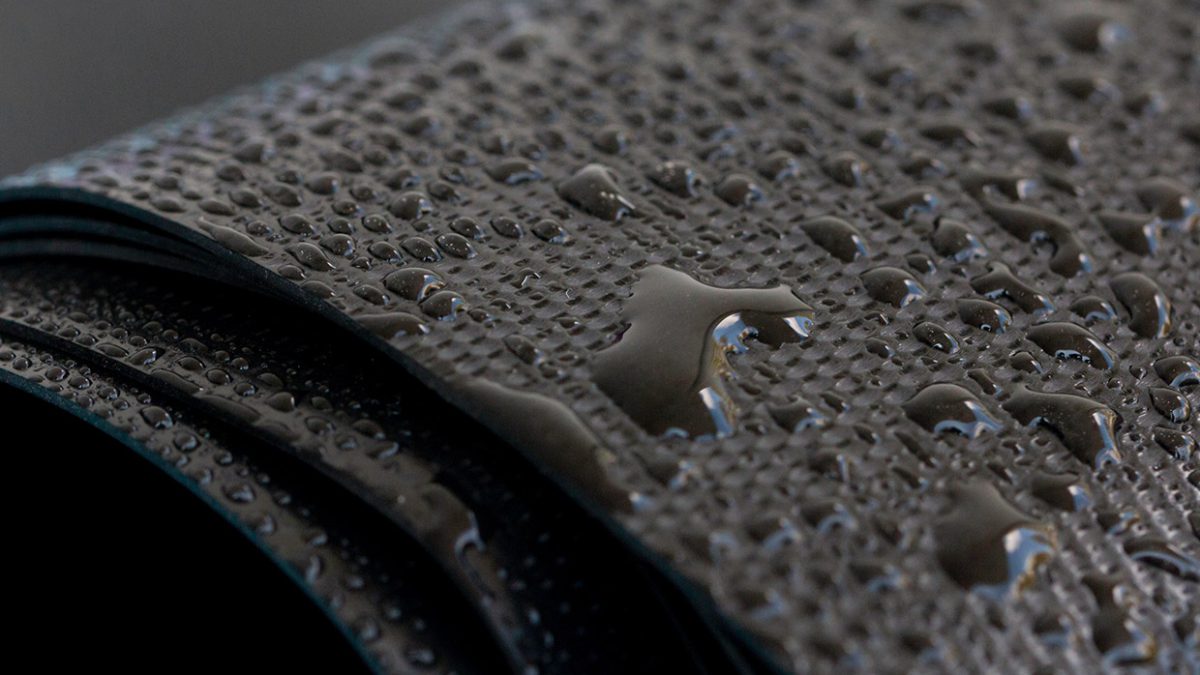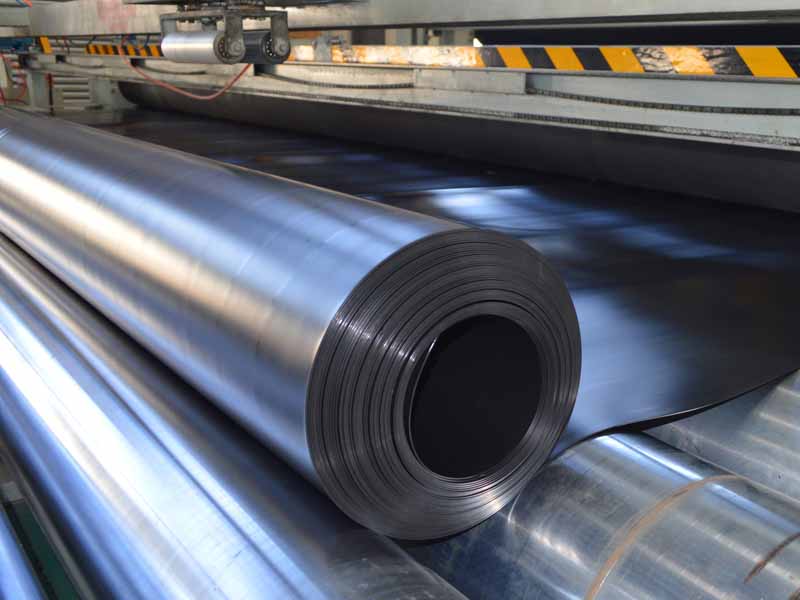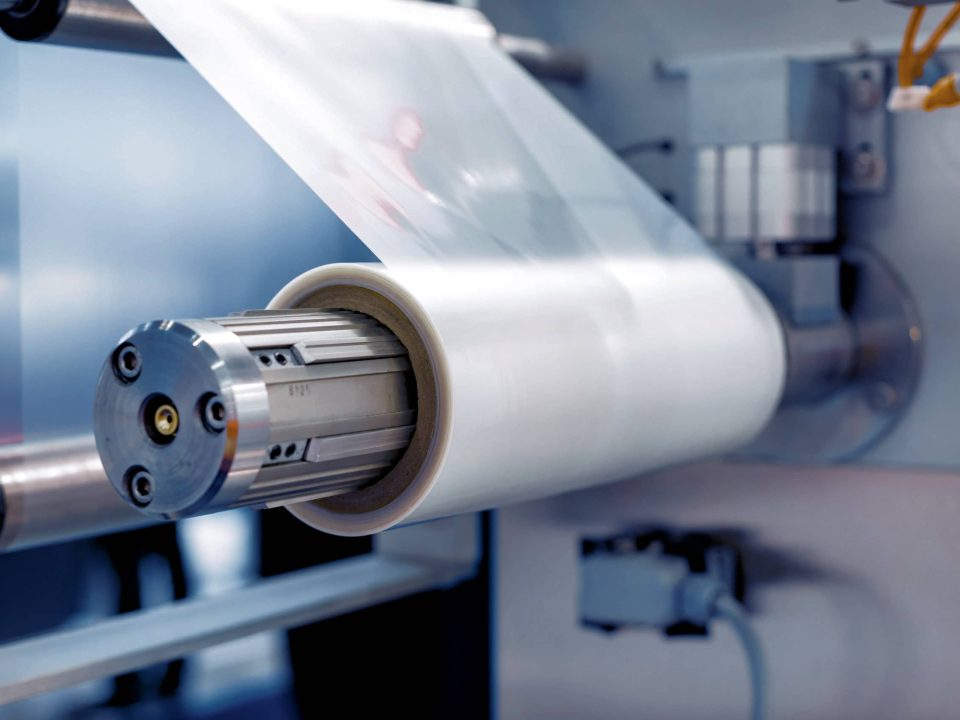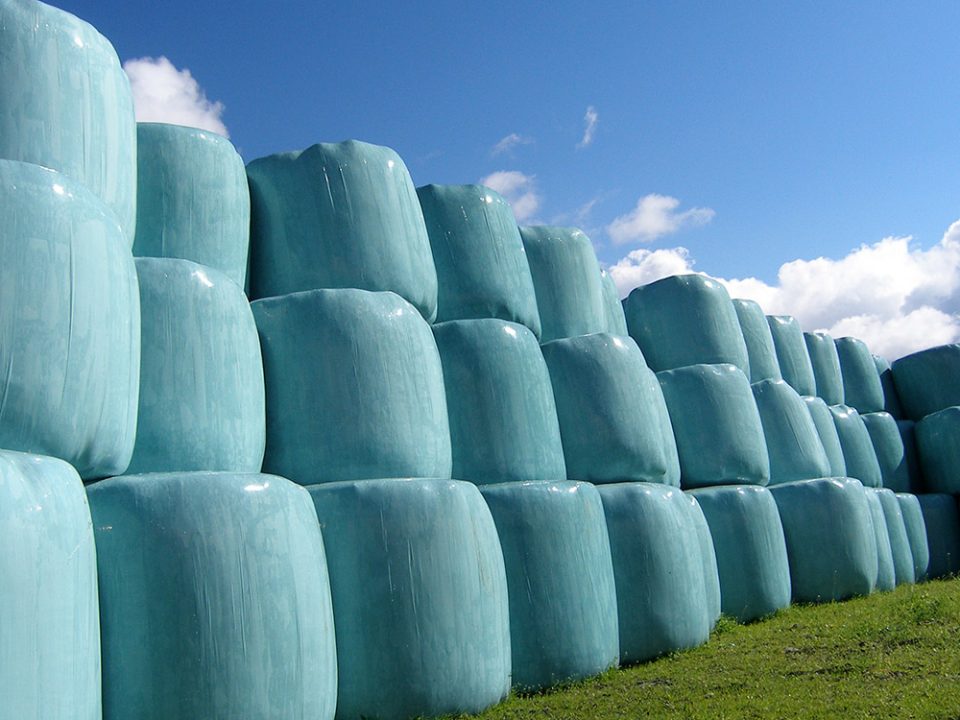- Home
- Products & Solutions
FEST-Membrane
Generally applied in the projects of landfill, waste site, pool, subway and tunnel.
FEST-Textile
Specially developed for five major functions: separation, reinforcement, filtration, drainage, and protection.
FEST-Composite
Composed of geotextile and geomembrane, mainly used in water drainage and rib reinforcement for seepage prevention.
FEST-Grid
Strengthening soft ground of railway, highway, slope protecting projects, airfields, and foundation reinforcement of large area permanent bearing engineering fields.
FEST-Cell
Provides the ability to grow plants on grounds and sloping lands that are not suitable for growing plants.
FEST-GCL
Typically used for water proofing basement and foundation structure, sealing and preventing leak of fluids
Technical Support / Installation
Fest technical and installation support is an essential part of our offering as a full service provider to the industry.
- Company
- Career
- Contact us
Geomembranes are a type of synthetic polymer material that is widely used in various applications, including environmental protection, water management, mining, agriculture, and civil engineering. They are designed to provide a barrier against liquid and gas ingress and can be made from different types of synthetic polymers, including polyethylene, polypropylene, and PVC. In this article “What is Geomembrane?”, we will discuss what geomembranes are, how they are made, their properties and uses, and the benefits and limitations of their use. We will explore the different types of geomembranes available on the market today, their characteristics, and applications. By understanding the properties and uses of geomembranes, customers can make informed decisions about the best material to use for their specific needs.
What is geomembrane?
Geomembranes are made from relatively thin and flexible continuous polymeric sheet or panels that are made from synthetic materials, primarily polyethylene, polypropylene, or polyvinyl chloride (PVC). They are used to provide a barrier against liquid and gas permeation for both non-dangerous and dangerous containment, and are commonly used in applications such as landfill liners, containment ponds, water storage tanks, and wastewater treatment facilities.
The properties of geomembranes can vary depending on the specific application and the materials used in their manufacture. They are typically made from high density polyethylene (HDPE), low density polyethylene (LDPE) or linear low density polyethylene (LLDPE) and can be supplemented with additives to improve their performance under certain conditions. Additives are added to prevent oxidation and increase durability. For example, carbon black can be added to improve UV resistance, or antioxidants can be added to improve chemical resistance.
Fest current production capacity is more than 80,000 tons, manufactured according to ASTM, BS and DIN standards meeting GRI and EN specifications, with rolls in 1.5 to 7.5 meter width. The range of thickness can vary from 0.5 to 3 mm in both smooth and textured form. Fest geomembrane called Fest-Membrane.
Click here to access the products offered by Fest-Membrane.
How are geomembranes made?
Geomembranes are manufactured using a variety of manufacturing processes depending on the type of material used. The process begins with the selection of a suitable polymer resin, which is usually in the form of granules. Typically, the process involves extruding a polymer into a flat sheet or sheet, which is then treated and coated with various additives to improve its performance. The mixture of resin and additives is fed into the hopper, which directs it to the horizontal extruder. The continuous screw moves the mixture through several stages such as feeding, compression, dosing and filtering before it is forced through the mold under pressure. The resulting sheets are produced in various widths and thicknesses using a calendering process.
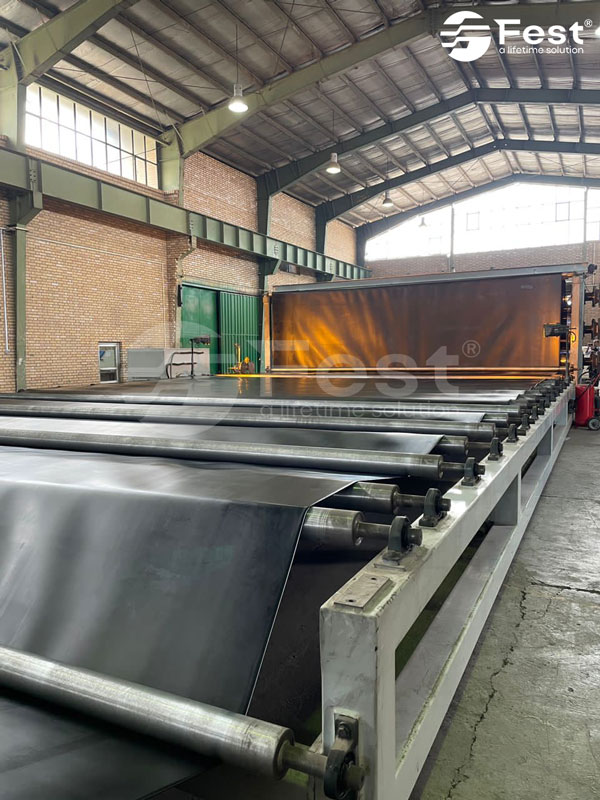
For example, in the production of HDPE geomembranes, the polymer is extruded into a flat sheet and then treated with antioxidants and carbon black to improve its resistance to environmental degradation. The sheet is then coated with a layer of polyethylene oxide (PEO), which serves as a bonding layer to improve the adhesion of the geomembrane to the substrate.
When manufacturing PVC geomembranes, the polymer is first mixed with plasticizers and other additives to increase its flexibility and durability. The mixture is then extruded into a flat sheet or sheet, which is coated with a plasticizer to improve its low-temperature performance. Finally, the geomembrane is heat treated to ensure it is properly fused to the substrate. PVC geomembranes are very flexible and are best suited for landfill and sewer, tank liners, soil remediation and sewage lagoon liners.
What is Geomembrane’s Propertise?
Geomembranes are designed to provide a barrier against liquid and gas permeation, and therefore must possess certain properties in order to be effective in their intended applications. Some of the key properties of geomembranes include:
Thickness: The thickness of a geomembrane is an important factor in determining its effectiveness as a barrier. Thicker geomembranes tend to be more durable and more puncture and tear resistant, but can be more difficult to install and more expensive. Therefore, the end customer, together with the manufacturer’s consultant, must choose the right thickness in relation to his use and application.
Tensile strength: The tensile strength of a geomembrane refers to its ability to resist stretching or tearing under load. Geomembranes with higher tensile strength tend to be more durable and better able to withstand the stresses of installation and operation.
Flexibility: The flexibility of a geomembrane is important in applications where it may be subjected to movement or deformation, such as in landfill liners or pond liners. More flexible geomembranes are better able to adapt to changes in the substrate and are less likely to develop leaks or tears. So the final consumers should pay attention to this matter and consult with their manufacturer and supplier to select the right product regarding their specific project.
Permeability: Geomembranes can be permeable or impermeable. Impermeable geomembranes are often used as a water barrier in hydropower structures, while permeable geomembranes are applied for the seepage water to pass by without taking away the soil (S. Jianxia).The permeability of a geomembrane refers to its ability to allow water or gas to pass through it. Geomembranes are designed to be impermeable, meaning they should provide a complete barrier against liquids and gases. However, some types of geomembranes may have controlled permeability, allowing for the controlled flow of liquids or gases through them for specific applications such as drainage.
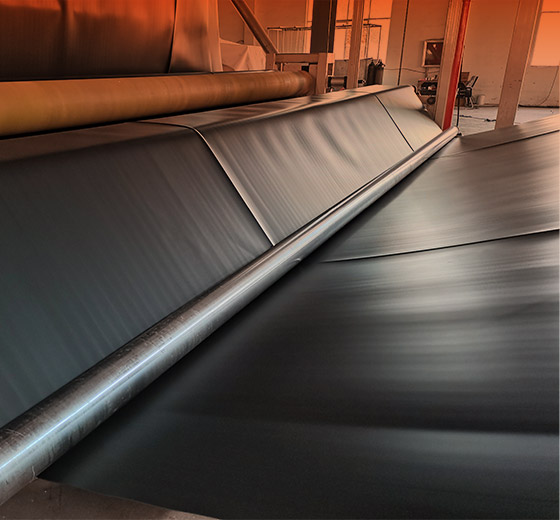
Chemical resistance: A geomembrane’s chemical resistance is an important property in applications where exposure to chemicals, acids, or other corrosive agents may occur. Different polymers and additives can be used to improve the chemical resistance of geomembrane, making it suitable for different applications. This refers to the manufacturing stage of the geomembrane. However, consumers should take care to purchase a geomembrane that meets the necessary conditions and standards in order to obtain the correct results for their projects.
UV resistance: UV resistance is a key property in applications where geomembranes will be exposed to sunlight, such as in outdoor ponds or reservoirs, that include most of the today projects. Without adequate UV resistance, geomembranes can become brittle and crack over time, leading to leaks and failure.
Temperature resistance: Geomembranes must be able to withstand extreme temperatures, both hot and cold, without cracking, warping, or melting. It means that the geomembrane that want to be used in Russia region should be specific for that region and so on. This is particularly important in applications such as wastewater treatment, where high temperatures can be generated by chemical reactions.
At Fest-Membrane, our R&D team does their best to provide products with the aforementioned characteristics that meet your project needs.
What are the applications of geomembranes?
Geomembranes are used in a wide range of applications across many different industries. Some of the most common applications of geomembranes include:
Agriculture: Geomembranes are used to line irrigation channels, prevent soil erosion, and control the flow of water in agricultural applications.
To more about Geomembrane applications in agricultural fields, read our article “Geomembrane Applications in Agricultural Pools and Beyond“.
Water management: Geomembranes are used in water management systems, such as reservoirs and dams, to prevent leaks and protect the water supply.
Containment ponds: Geomembranes are used to line ponds used for water storage, waste treatment, or industrial processes, preventing leaks and contamination of groundwater.
Landfill liners: Geomembranes are used to line landfill sites, preventing the leakage of toxic materials into the surrounding environment.
Mining applications: Geomembranes are used in mining applications to prevent the release of hazardous chemicals and waste materials into the surrounding environment.
Civil engineering: Geomembranes are used in civil engineering projects such as tunnels, canals, and bridges, to prevent water infiltration and improve structural integrity.
What are the benefits of using geomembranes?
There are many benefits to using geomembranes in various applications. Some of the key benefits include:
Environmental protection: Geomembranes provide an effective barrier against liquid and gas permeation, preventing contamination of the surrounding environment.
Cost-effective: Although initial installation costs may be higher than other materials, geomembranes are generally more cost-effective over the long term due to their durability and reliability.
Read more about Geomembrane’s prices in “Geomembrane Prices and Key Considerations for Smart Purchasing“.

Durability: Geomembranes are designed to be highly durable and long-lasting, providing reliable performance over many years.
Easy installation: Geomembranes are lightweight and flexible, making them easy to install in a variety of different applications.
What are the limitations of using geomembranes?
While geomembranes offer many benefits, there are also some limitations to their use. Some of the key limitations include:
Material selection: The selection of the right geomembrane material and additives is critical to ensure effective performance in specific applications. So consumer should pay attention to buy their product from trusted manufacturers and suppliers.
Installation: Proper installation techniques are essential for ensuring the integrity and effectiveness of geomembranes. Improper installation can lead to leaks, tears, and other issues.
Maintenance: Although geomembranes are designed to be long-lasting, they may require periodic maintenance and inspection to ensure continued effectiveness.
Environmental impact: The production and disposal of geomembranes can have environmental impacts, particularly if they are not properly disposed of at the end of their useful life.
Conclusion
Geomembranes are an important type of material used in various applications in various industries. They are designed to provide an effective barrier against liquid and gas ingress and prevent environmental contamination. The geomembrane is extremely durable and long-lasting, providing years of reliable performance. It can also be customized with various additives and treatments to improve performance in specific conditions.
Despite their many advantages, geomembranes have some limitations. Material selection, installation, maintenance, and environmental impact are important considerations when using geomembranes in a variety of applications.
Overall, geomembrane is a key technology to protect the environment, prevent pollution, and ensure safety and reliability for various industrial applications. As technology advances and new materials and additives are developed, the performance and versatility of geomembranes will continue to improve, making them an increasingly valuable resource in a variety of industries.
For further information on the Fest-Membrane, click hear.



